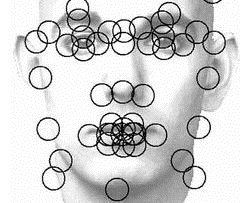A study in which hundreds of Georgia neutrals participated by the Daily Report this year has found that an increasing number of them are incorporating neuroscience into their mediation practice to “reframe the conversations and promote reflection.”
Studying the ways in which chemical and neurological processes influence thought and behavior can, many neutrals say, help re-frame the conversation between disputants from ‘position’ to ‘interests.’ When disputants are stuck in the ‘positions’ stage of a conflict, each views the relationship in terms of what they and the other party want or need. Often positions are opposing and there seems little overlap in which an agreement can be made. Staking positions also triggers the “fight or flight” drive, governed by the brain stem. What mediators desire is to move disputing parties into a “kinder, gentler, more evolved thinking,” governed by the rational part of the brain – the pre-frontal cortex.
The methods? The more mediators embrace psychological (and perhaps chemical – e.g. by spraying lavender in the mediation room) tactics to move their clients from a fight-or-flight state of mind to a calm and rational one, the more likely they are to be able to facilitate a satisfactory agreement for all parties concerned.
While spraying lavender in a virtual or online mediation environment is not the easiest task, perhaps some pre-mediation meditation is not such a crazy idea after all. Other tactics that are as effective in online mediation as offline include shifting the focus of parties from their ‘claims’ or ‘wants’ to explaining the why behind these wants so that parties might be able to brainstorm other zones of agreement (perhaps non-monetary, or ‘intangible’ compensation for harm).
A potential benefit of online mediation over in-person mediation is also that many of the body language cues that trigger the fight-or-flight response from parties are missing, or can be excluded from an online environment if necessary (by the mediator eliminating video from a mediation in which parties are particularly hurt or angry at each other, for example). In a text or voice-based mediation, a scoffing glance or the roll of the eyes can thankfully go unnoticed, and the parties might be more likely to enter a conciliatory phase than if had synchronous visual feedback from each other.





